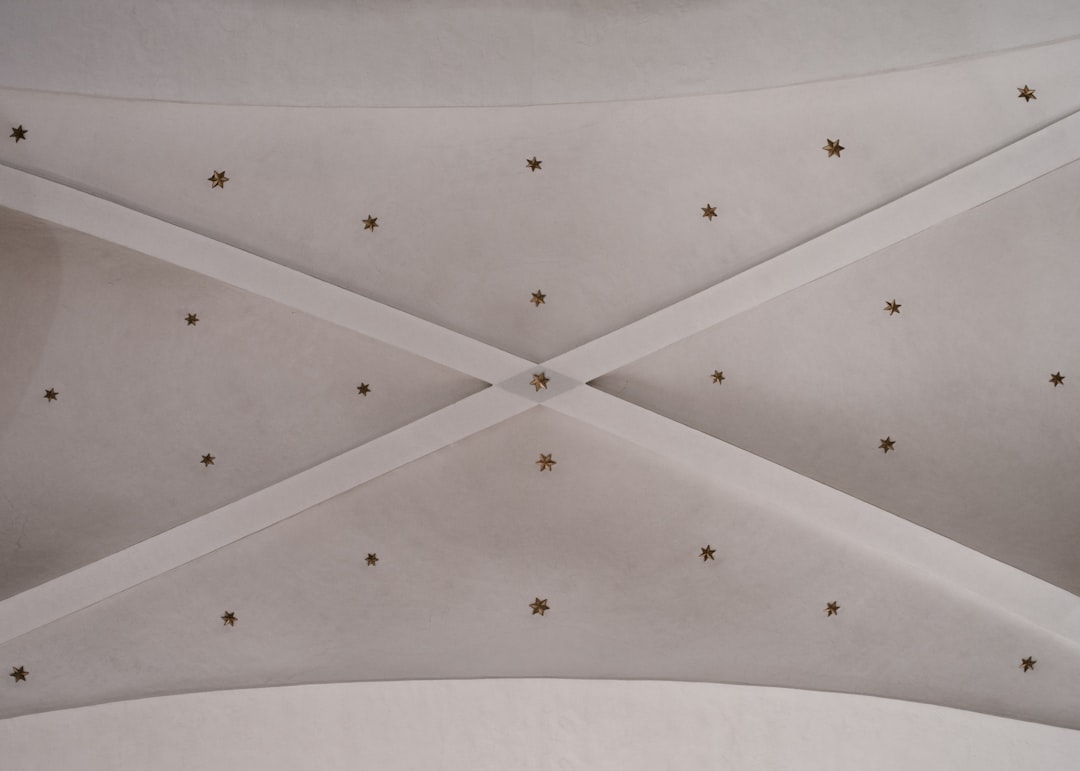Why Installing Batt Insulation in Ceiling Matters for Modern Homes
With energy codes becoming increasingly stringent, addressing attic heat loss is crucial. Installing batt insulation in ceiling assemblies is a cost-effective solution, with costs ranging from $650-$1200 per opening. This method can significantly reduce energy waste, which accounts for nearly 25% of a home's total energy loss. Our platform provides precise material counts and labor timelines, ensuring efficient and compliant installations.
Understanding Batt Insulation: Materials and Ratings
- Fiberglass: Lightweight, fire-resistant, and cost-effective for most attic projects.
- Mineral wool: Offers superior sound dampening and higher heat tolerance, ideal for furnace rooms or garages.
- Cotton or recycled denim: A sustainable choice for projects prioritizing green building credits.
Batts are labeled by R-value per inch. In Dallas, R-38 batts are typically specified to meet local codes, but colder climates may require R-49 or higher. Our AI estimator cross-checks ZIP-code requirements instantly.
The CountBricks AI Workflow for Ceiling Batt Installs
- Voice Scope Capture: Describe the ceiling area, e.g., '900 square feet, open joists, new construction.'
- Instant Takeoff: Converts voice input to surface area, subtracts lighting cutouts, and returns a material tally.
- Live Pricing Sync: Real-time supplier APIs provide current fiberglass batt costs.
- Labor Benchmarking: Assigns crew hours based on ceiling height, access, and vapor barrier requirements.
- Branded Proposal: Download a polished PDF ready for homeowner approval within minutes.
Typical Cost Breakdown
- Materials: 55% (batts, stapling flanges, baffles)
- Labor: 35% (two-person crew, average 800 SF/day)
- Sundries & Overhead: 10%
Live price syncing ensures proposals reflect current supplier discounts, protecting margins while staying competitive.
Step-by-Step Field Guide to Installing Batt Insulation in Ceiling
- Prep the attic or lid: Remove debris, secure electrical, and mark joist bays for ventilation paths.
- Install baffles at eaves: Use foam baffles every rafter bay to maintain a 2-inch air channel.
- Place vapor retarder (if required): Add kraft-faced batts or a separate membrane in humid zones.
- Lay batts perpendicular to joists: Reduces thermal bridging. Press gently to avoid compressing fiberglass.
- Seal penetrations: Use canned foam around pipes, junction boxes, and top-plate gaps.
- Insulate access hatch: Create a rigid-board cap topped with fiberglass to match field areas' R-value.
- Quality check with IR camera: Perform a thermal scan to show cold-spot elimination before drywall installation.
Five Pro Tips from Site Supervisors
- Measure batts against the cavity, then cut on scrap plywood with an insulation knife for clean edges.
- Leave no more than 1/8-inch gap around fixtures to maintain fire ratings.
- Use stapling flanges on faced batts—staple to the side of joists to prevent drywall ridging.
- In retrofits, stage batts near the hatch to reduce trips; schedule two laborers for efficiency.
- Capture photos in the mobile app; they automatically attach to your invoice.
Common Challenges and Solutions
Irregular Joist Spacing: Older homes may have 19.2-inch or 24-inch centers. Our AI suggests wider batt widths or loose-fill hybrid solutions, recalculating material totals automatically.
Obstructed Access: HVAC ducts can slow production. Scheduling flags low-clearance zones and adds labor buffers to maintain profit forecasts.
Moisture Concerns: If a roof leak is detected, the platform reminds estimators to include substrate drying and potential OSB replacement before insulation.
Energy Payback: What to Expect
Based on case studies, an R-38 batt upgrade in a 2,000-square-foot Dallas home can lower annual HVAC costs by 15-18%. The average payback is 3.2 years, with increased resale value due to utility data generated through our energy-model module.
Why Builders and Remodelers Choose Our Platform
- Voice-to-estimate in under three minutes.
- Material counts updated daily via supplier feeds.
- Seamless handoff from estimate to crew work orders.
- Cloud photo logs for code inspectors and homeowners.
- One-click invoicing tied to draw schedules.
Whether you self-perform insulation or subcontract, our platform removes guesswork, keeps bids sharp, and ensures code compliance.
Get Started Today
Ready to streamline batt insulation projects? Create your free account or request a live demo. Our support team will guide you through your first voice-driven takeoff to win your next bid with confidence.
Case Spotlight: 1,200-SF Attic Refit Completed in One Day
A recent project involved a 1970s ranch home with draft complaints and high electric bills. Using the voice capture tool, the contractor described: 'Tear out old R-13 fiberglass, install R-49 batts, 1,200 square feet, limited headroom near eaves.' In 60 seconds, the platform produced an estimate showing:
- 37 rolls of R-49 fiberglass batts
- 96 cardboard baffles
- 14 crew hours at prevailing wage
The homeowner accepted within the hour. Live supplier pricing allowed the contractor to lock in a bulk discount and schedule delivery for the next morning.
Execution Highlights
- Crew arrival and debris removal by 8 a.m.
- Thermal camera scan documented gaps for homeowner records.
- New baffles installed; batts laid perpendicular to joists.
- IR verification at 4 p.m. confirmed an even R-49 blanket.
Result: attic temperature dropped 23°F, and blower-door tests showed a 14% improvement in air leakage.
Lessons Learned
- Voice-driven takeoffs eliminate manual entry errors—materials were accurate within one roll.
- Real-time cost lock protected margin despite fiberglass price hikes announced that afternoon.
- Photo logs satisfied the city inspector, speeding final sign-off.
Expand Your Services
Installing batt insulation is just one example of how our platform accelerates projects. Contractors also use our AI engine for drywall, roofing, and finish carpentry estimates. Visit our website to see how you can bundle multiple scopes, create composite schedules, and drive higher profitability on every build.
Pro Tips for Scaling Your Insulation Division
- Batch purchase materials through supplier links embedded in the report.
- Use crew productivity data to forecast labor for multi-home developments.
- Export takeoffs to your accounting software via our open API to reduce admin time.
With our platform as your digital partner, you can bid more, win more, and install better—all before lunch.

